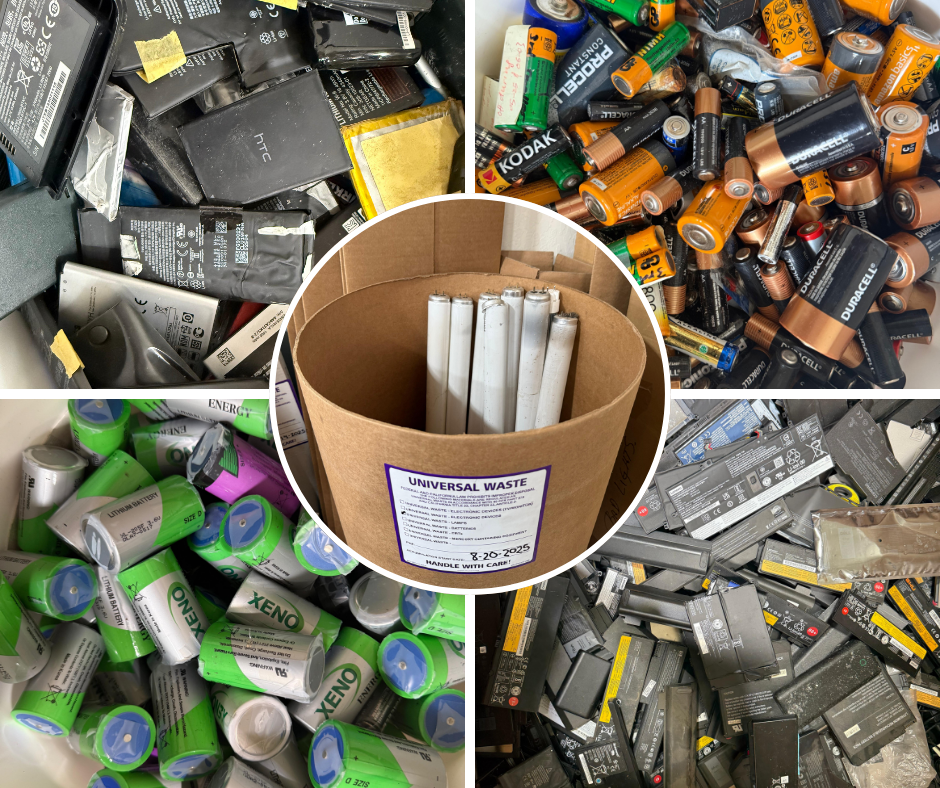The Electronic Recycling Process
- Evergreen E-Waste Recycling

- Jan 29, 2020
- 2 min read
Updated: Apr 17, 2024

Electronic recycling is an important aspect of modern sustainability. It consists of disassembling and separating components and materials within these items for reuse or repair. Within the entire recycling gamut, electronics require the most attention because these emit the most hazardous waste. Cell phones, televisions, computers, laptops, and tablets all make up these electronics, and all are manufactured using heavy metals and carcinogens that prove perilous if emitted into the environment. Unsurprisingly, the electronic recycling process consists of multiple steps to ensure the product is broken down fully in a safe, conducive manner.
Collection and Transportation
1. Used electronics collect in bins and are transported to recycling facilities.
Analyze and Assess
2. A team of professionals assesses end-of-life electronics that come in.
Shredding and Separation
3. Workers breakdown the electronics into different components by hand. Materials are separated into glass, plastic, metals, and precious metals. These materials go on a large conveyor belt for mechanical sorting. Workers remove any materials that cannot get shredded, such as batteries, fluorescent lights, and toner cartridges.
4. Machines shred metals and internal circuitry into 100mm pieces in an initial size-reduction step. Items with hazardous cathode ray tubes from older CRT screens have their phosphorous coating removed. A secondary size-reduction step breaks down materials even further into smaller fragments.
5. Overhead magnets separate the iron and steel from the waste stream. This gets prepared for sale as recycled steel.
6. Aluminum, copper, and circuit boards are left on the conveyor belt. Mechanical and water separation methods remove these materials from plastics and glass.
7. Steam purifies any remaining metal or other remnants from the plastics.
8. Only metals, precious metals, cables, wires, glass, leaded glass, cathode tubes, and leaded plasma displays remain.
Resale Preparation
9. All the separated materials are then prepared for resale as raw materials for new electronic products.
10. Plastics get separated by color and are sent to plastic recyclers. Metals get melted down and refined to improve their quality.
11. The new materials are sent back to manufactures for reuse in new products.
At Evergreen IT Solutions, we offer only the most premium electronic recycling services. As an R2 certified company, we ensure our services go through a safe and environmentally-cautious process to avoid any errors.




Comments